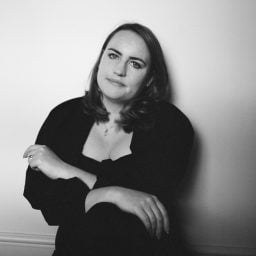Art Fairs
Frieze London 2024: A Fair Haunted by What’s Missing
As the art market tightens, the fair grapples with absent galleries, cautious buyers, and a shifting identity.
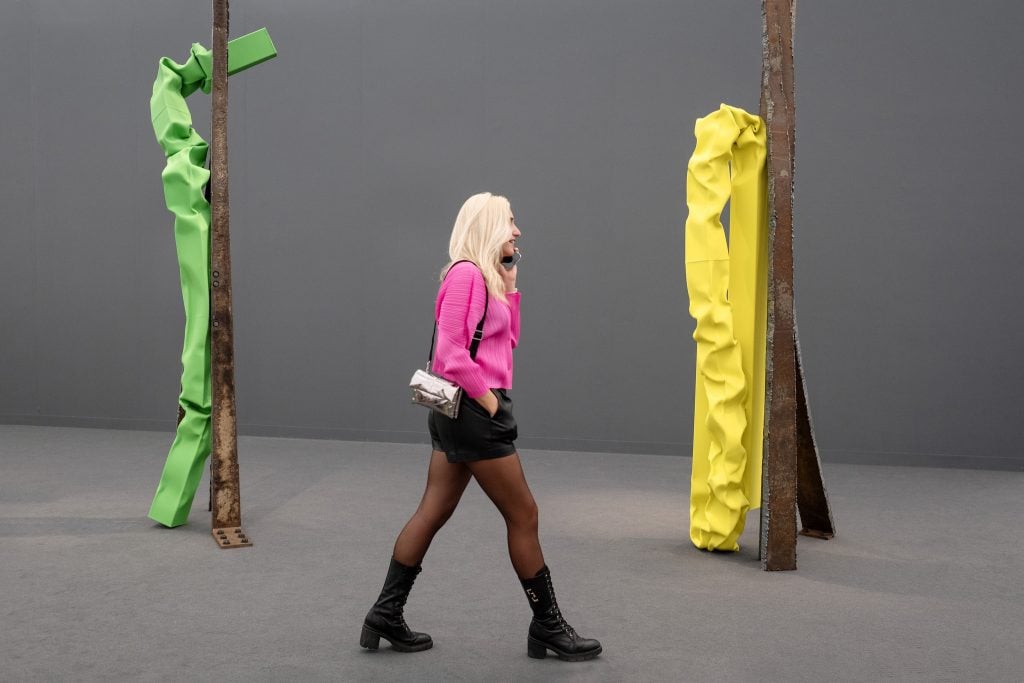
Is it Halloween already? Or are all your clients ghosting you after putting work on hold? If that crossed your mind last week at Frieze London, you were not alone. The fair had some notable absences—and not just on the sales front.
London gallerist Pilar Corrias, whose dreamy Sophie von Hellermann booth was the talk of Frieze London last year, opted not to take part in the 21st edition of the homegrown fair. I caught Corrias instead at her gallery opening for Vivien Zhang and Rirkrit Tiravanija on Conduit Street. She told me she was saving herself for Paris. While it’s not unheard of that galleries based in the same city might skip a fair—many New York galleries do not take part in Frieze New York—Frieze has always felt like a “must do” calendar event in London.
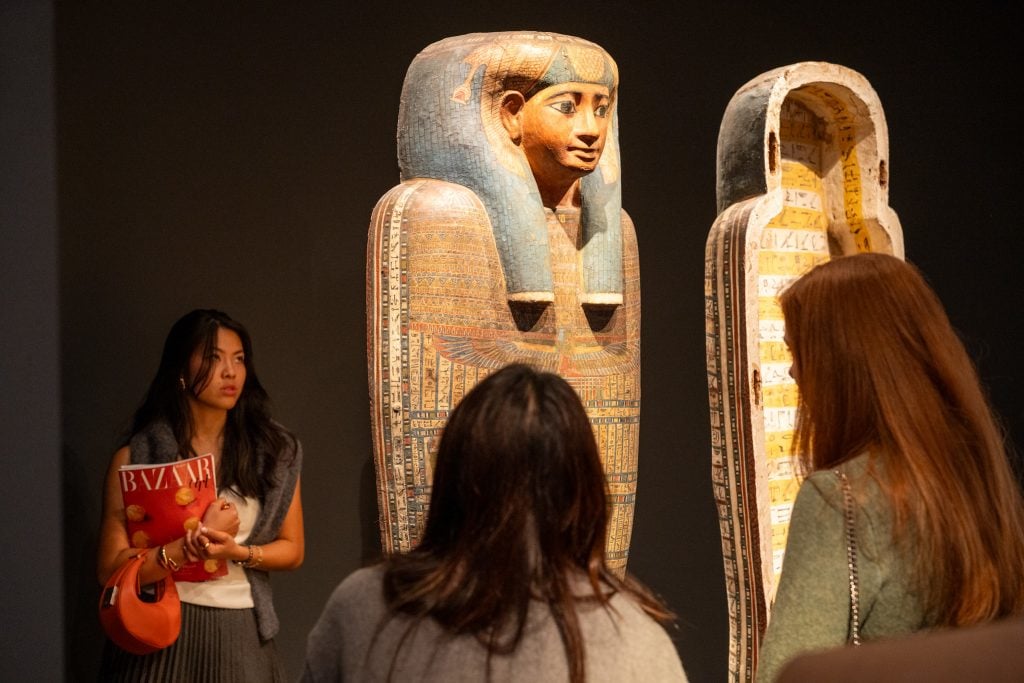
David Aaron, Frieze Masters 2024. Photo by Hugo Glendinning. Courtesy of Frieze and Hugo Glendinning.
“With my two spaces and three solo exhibitions, we have London covered. I wanted to focus on Paris,” Corrias said simply. She was profiting from the energy of the week regardless; her opening was buzzing and real sales were made from the Frieze foot traffic to the space. (It helped that images of her knockout booth at the fair in 2023 were still being widely used by press to illustrate early Frieze content).
Another absent gallerist was Marianne Boesky, whose sold-out booth of Danielle McKinney’s work last year also attracted eyeballs. Boesky, too, said it made sense for them to focus efforts on exploring the new-to-the-gallery market of Paris with a group presentation this year. “It simply would have been too difficult to stage things so closely together this year—but we hope to support Frieze again in the future!” Boesky said. Nor was there any sign of Helly Nahmad gallery in the Frieze Masters tent, known in past years for memorable theatrical presentations, such as when they staged an immersive mental asylum at the 2015 fair to show Art Brut works by Jean Dubuffet.
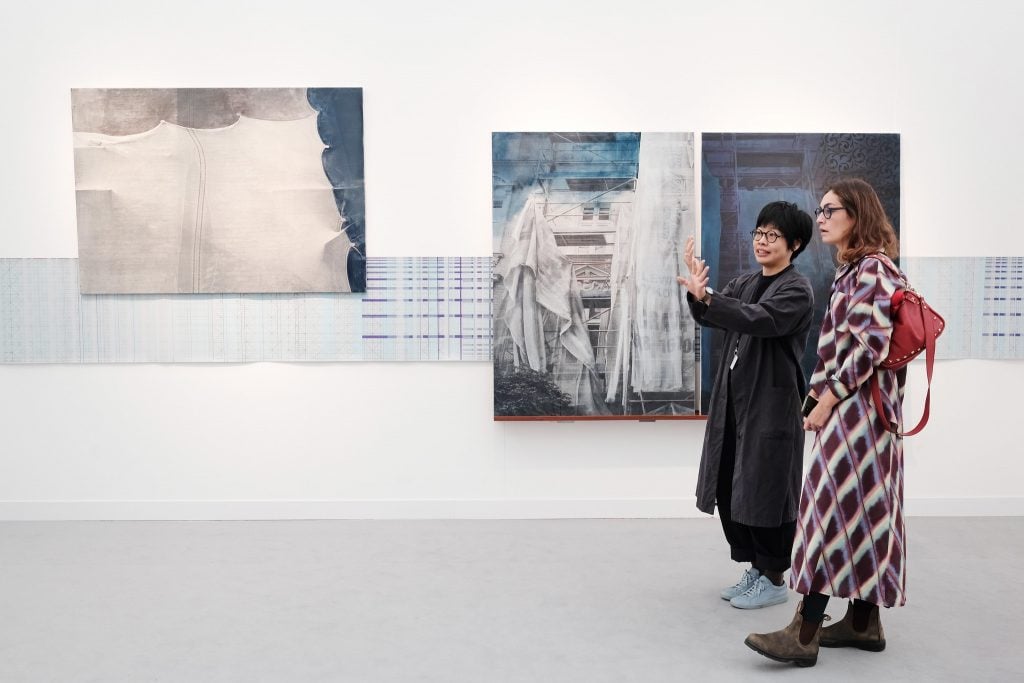
Artist-to-artist, Magda Stawarska selected by Lubaina Himid, Yamamoto Keiko Rochaix, Frieze London 2024. Photo by Linda Nylind. Courtesy Linda Nylind / Frieze.
Looking at how the fair unfolded, it seems unlikely these gallerists regret their decision. Despite healthy first-day attendance and visitor numbers totting up to 90,000 by close of play, sales on the ground at the fair were tepid. Still, the art advisors I spoke to agreed: it could have been worse. Matilda Liu, who started her contemporary art collection during the ultra-contemporary market’s frothiest, told me early in the week that she is now grateful for the time to think before committing to purchases. She wasn’t the only one holding back. On the first day, dealers were audibly lamenting their lack of traction despite interest and holds being placed.
Plenty of sales were secured on the first day, including an $8.5 million Arshile Gorky canvas at Hauser and Wirth’s Frieze Masters stand, which proved the highest reported sale price of the fair. Despite these highlights, the atmosphere on the ground didn’t suggest vigorous commerce, and sold-out booths were noticeably sparser than in previous years. In the Masters tent, many booths leaned into storytelling, presenting works that likely wouldn’t surface in a different market climate and showing a clear openness to negotiation. I even overheard art advisor Meredith Darrow tell a client, quite loudly, that asking price was “just a suggestion.”
With Frieze concentrating some of its VIP events towards the end of the week, the hope was that more Americans would be stopping by on their way to Paris. Indeed, significant sales were still being reported on the second and third days of the fair: Thaddaeus Ropac sold a beautiful Martha Jungwirth for €430,000 ($469,200), and Pace parted ways with a Robert Longo for $600,000. At Masters, Osborne Samuel Gallery sold a Henry Moore bronze reclining figure for £1.4 million ($1.8 million), and Bastian a Robert Rauschenberg painting for €1.3 million ($1.4 million).
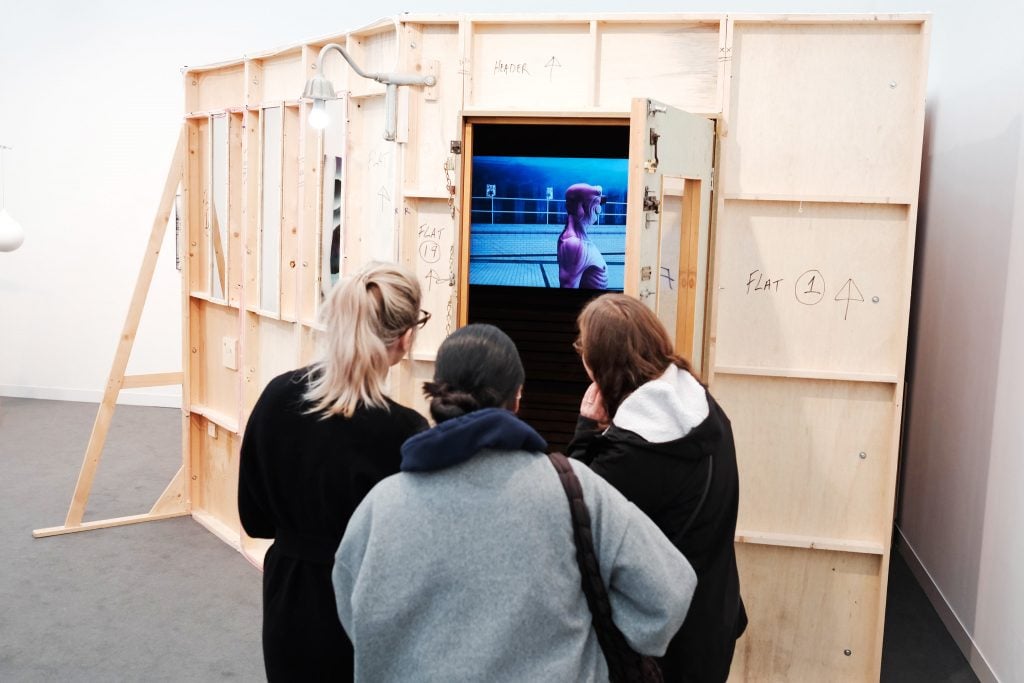
Edel Assanti, Frieze London 2024. Photo by Linda Nylind. Courtesy Linda Nylind / Frieze.
Still, having digested the week, it feels somewhat like Frieze London is struggling to define its role in the art world’s non-stop fair calendar. Frieze Masters may have gained traction since its launch in 2012, but the main fair—the one that made Frieze famous for its contemporary edge—is at a crossroads.
After last year’s mixed reviews, I hoped—maybe a bit naively—that with a tough sales year on the horizon, dealers might lean into bold, statement-making presentations, treating the platform as a brand-building exercise if the sales weren’t necessarily guaranteed. I was encouraged when I heard that the layout of Frieze London had been flipped to position the younger galleries up front, but few of them really rose to the occasion to deliver the “wow” factor that would justify chucking Gagosian’s show-stopping industrial Carol Bove forest in the back.
Later in the week, at a live recording of the Nota Bene podcast, Nate Freeman and Benjamin Godsill grilled London-based writer Dean Kissick on Frieze’s secret sauce. For London, Kissick explained, Frieze is a major social event in a way that it is not in New York, where attendance is more diffuse due to competing events. This year’s VIP list included celebrities FKA Twigs, Sienna Miller, Bill Murray, and Benedict Cumberbatch. But all that buzz, built over years of platforming risk-taking art, now distracts from the fact that Frieze isn’t as daring as it once was. As Kissick put it: “There were more beautiful people than beautiful artworks.” How long can the social spectacle carry the event if the art itself doesn’t rise to meet it?

Lawrence Lek, Frieze Artist Award Commission 2024. Photo by Linda Nylind. Courtesy Linda Nylind / Frieze.
This shift speaks to a wider trend. Fueled by years of market speculation, young art has become less experimental and more conservative—easier to price, easier to store. “Art was dematerialized, and now it is materialized again,” Kissick observed.
Some of the strongest fair presentations were found in the sections which demanded curation: In the “Smoke” section, organized by the Hammer Museum’s Pablo José Ramírez, the L.A.-based parrasch heijnen gallery stood out with Christine Howard Sandoval’s adobe mud and soot paintings embossed with place names in Ohlone, a traditional language of the Indigenous people of the Northern California coast. Meanwhile, in the Artist to Artist section, Turner Prize winner Lubaina Himid selected architectural paintings, silkscreen wallpaper, and piccolo projections by Magda Sawarska. And in the Frieze Artist Award commission, Lawrence Lek’s video game installation following a carebot personality-screening self-driving cars was rich in concept.
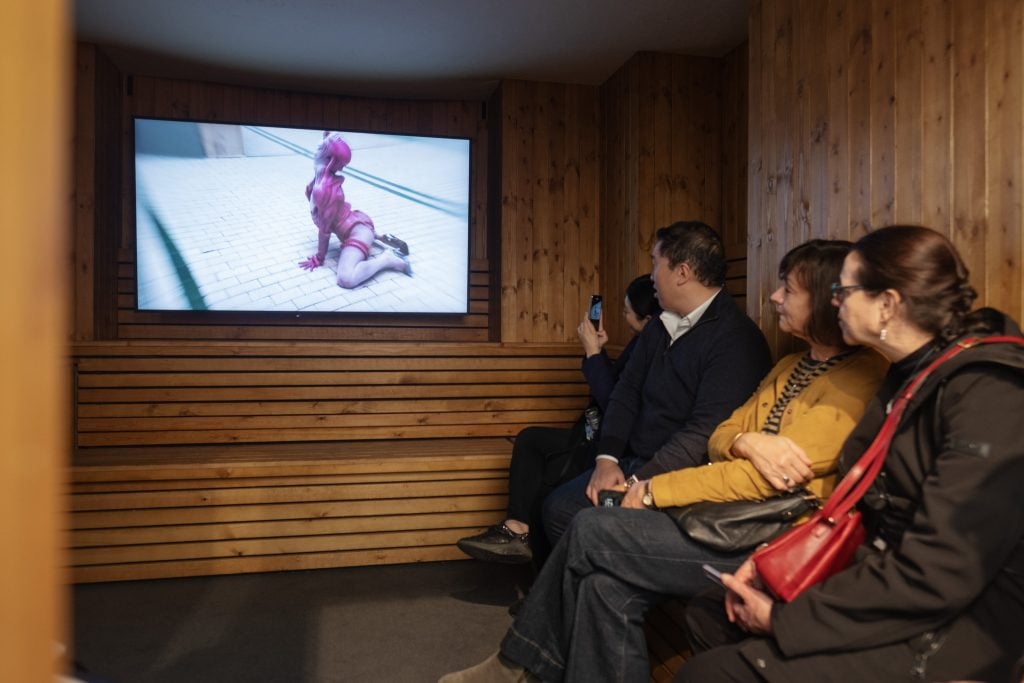
Edel Assanti, Frieze London 2024. Photo by Linda Nylind. Courtesy Linda Nylind / Frieze.
But for the most part, many galleries showcased paintings that reflected a confluence of various market trends, with fewer ambitious solo presentations. Edel Assanti’s booth stood out for its ambition, with a sauna they built to house Jenkin van Zyl’s film featuring two Pink Panther-esque figures wearing fetishwear, dancing around an empty swimming pool. However, the impact was diluted by being part of a group presentation—one can’t help but wonder if it would have been stronger as a solo booth.
So, how do we break out of this? In the bull market, you could argue that this kind of safe work was inevitable—businesses were practically printing money. But in a bear market? It feels like no one can afford to risk a hard sell.
But a lot of what I love about contemporary art is the hard sell. I want galleries to show something that disgusts, challenges, or confuses me—something I’ll wince at, sleep on, and wake up believing is beautiful.
I’m here for the contemporary art, but it’s telling that Frieze Masters felt more exciting this year. I want to meet passionate experts, the ones who’ll spend an afternoon selling me on a $65,000 unhatched dinosaur egg or a room full of fantasy maps—anything but another batch of flat paintings.
David Zwirner told my colleague Margaret Carrigan on opening day, “I need more”—he was talking about sales. I need more, too. More substance, more risk, more art that challenges me. And I’m not the only one.

